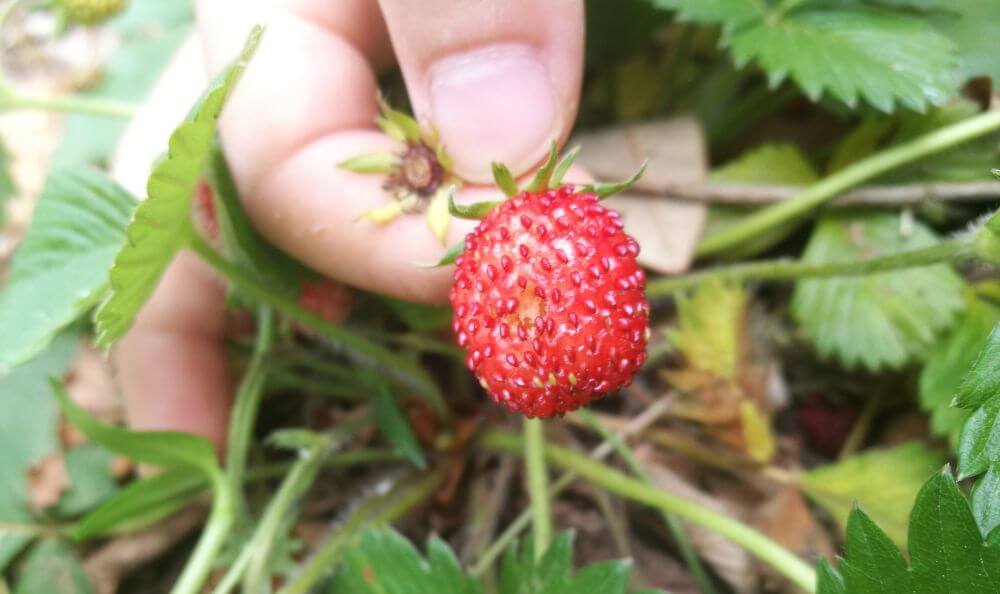10 secrets to growing strawberries in your garden
Who doesn’t love strawberries? And what a pleasure to get up in the morning to pick a handful of your own strawberries from the garden and enjoy them with your breakfast.
Leave the guilt of yet another plastic wrap behind and enjoy the joy of growing your own fruit with these tips and tricks for growing your own strawberries at home.
Strawberries grow best when temperatures are between 10 and 20 degrees Celsius. Seedlings are the most economical way to buy strawberries, and you will also be able to find a wider selection of varieties this way. Plant later in the season, buy seedlings from nurseries, they will be much more established. You will find plants for sale almost all year round in garden centers.
1. Buy certified virus-free strawberry plants
Healthy plants produce the tastiest fruit and strawberries are susceptible to nasty viruses. Rotating beds is another way to reduce this risk. Avoid planting your strawberries in beds where potatoes, tomatoes, caspicums or eggplants have recently grown.
2. Give your strawberries plenty of sun
Find a sunny spot for your plants. Heat and light will help produce sweet, tasty fruits.
3. Prepare fertile, well-drained soil
To help the soil drain, try raising the beds or, if you are planting in a container, choose a premium potting soil and make sure your container has at least one drainage hole. Strawberries like slightly acidic soil with a pH of around 6 to 6.5. Ideally, about a month before planting, dig in plenty of compost and well-rotted animal manure. Water biweekly with a seaweed solution to improve the vigor of your plants.
4. Give your strawberry plants space
Plant about a foot apart and remove at least some of the runners growing on your parent plants or your strawberry bed will be overcrowded. This will make your plants less productive and your fruits smaller and more acidic. Runners are usually produced during the summer and can be used to propagate new plants if desired.
5. Water your strawberries well but keep the leaves dry
Make sure plants are well watered, especially when establishing, during dry summers, and when fruiting, but try to avoid watering the leaves. Instead, water the soil at the base of the plant.
6. Place mulch around each plant
Keep your beds well mulched to retain moisture, control weeds, and prevent fruit from coming into contact with the soil. A little straw will do, hence the verb “to mulch.”
7. Harvest ripe fruit on a sunny afternoon
For the best flavor, pick your strawberries when they are fully ripe on a sunny afternoon. To avoid damaging the fruit during harvest, use scissors and leave a small piece of stem attached.
8. Prune after fruiting
Once fruiting is complete, clean up your plants by giving them a hard pruning. Use pruning shears to cut most of the leaves. Some people even use their lawnmower to do it!

9. Replace old plants after 3-4 years
Your plants will become underproductive after this time. Ideally, replace them with new, virus-free stock. For continued good production, you will need to purchase 30% new plants each year.
10. Vary the pleasures with the many varieties of strawberries
There are a multitude of varieties of strawberries and they all have different flavors, sizes, flavors that you absolutely must discover if you are a strawberry lover. From Gariguette to Cléry, through Charlotte, Magnum, Mara des Bois, Ciflorette or even wild strawberries, they all have something to please you.
